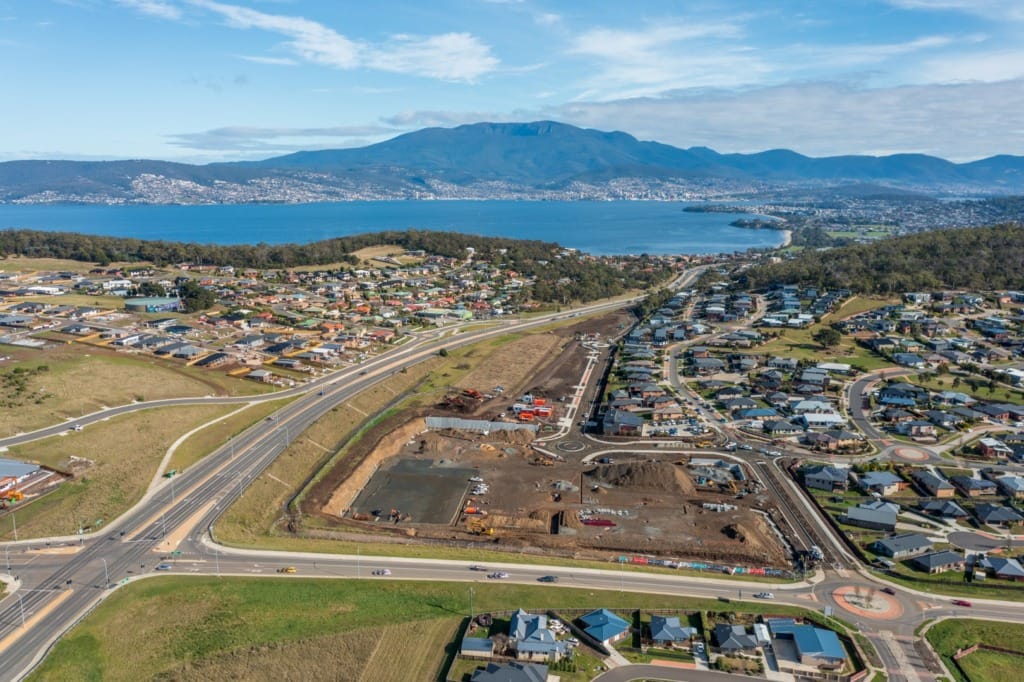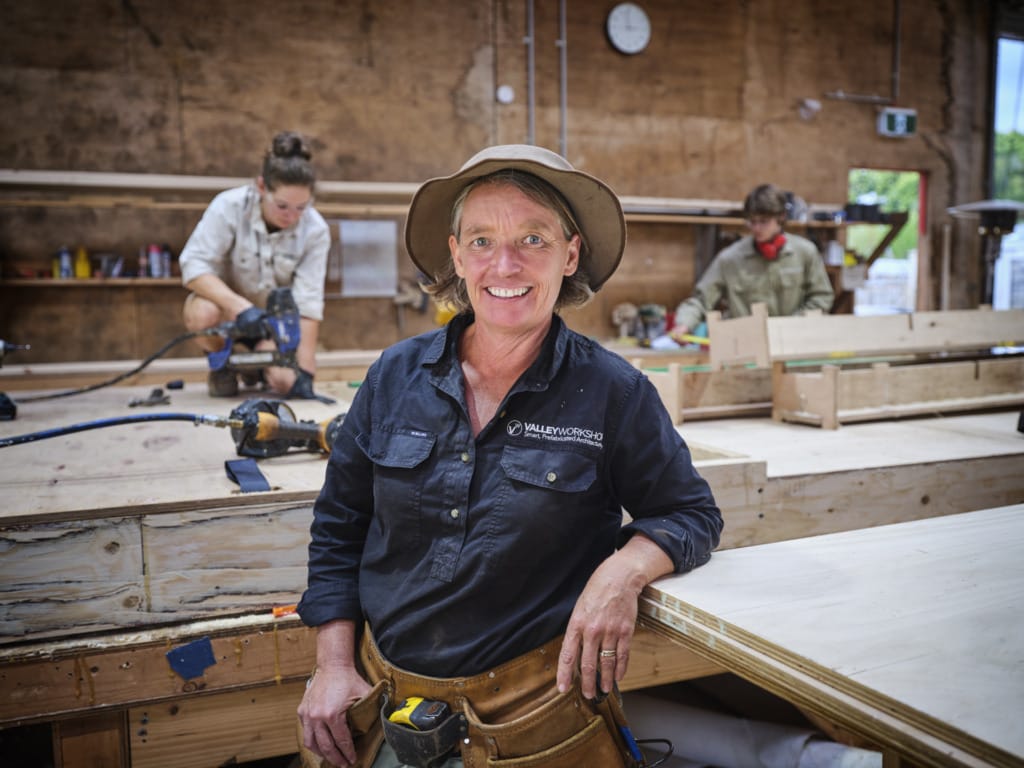The critical housing shortage across the state must be front of mind for every Tasmanian.
To build more homes we must address the underlying reasons for a lack of housing construction across Tasmania. We all know that the lack of new housing isn’t due to demand. And when demand isn’t the issue, supply is at fault.
Unfortunately, you can’t just wish a home into existence. Homes require materials such as timber for construction, qualified workers to build them and financial pathways to pay for them.
Unless these fundamental issues around supply are resolved, housing simply can’t be built.

It’s well known that Tasmania has long experienced a shortage of skilled labour in construction -especially in specialised trades like electricians, plumbers, and carpenters.
And we have heard from businesses across our state that large government infrastructure projects, such as the Bridgewater Bridge, lure workers away from businesses key to processing wood and building homes for Tasmanian families.
This shortage has pushed out construction timelines – slowing the delivery of new homes. By investing in training programs and apprenticeships, the new government can help increase the number of qualified tradespeople, ultimately accelerating the building process and reducing costs.
In addition to labour shortages, the supply chain for construction materials is also facing significant disruptions. Industries such as timber and forest products are crucial to housing construction.

All housing requires timber, and lots of it. Environmentally friendly homes require radiata pine framing and plywood for the substrates, hardwoods for the floors, windows, doors, benchtops and stairs, MDF and chipboard for kitchen/laundry cabinets and wardrobes; and treated pine for the fences and landscaping.
Tasmanian industries, such as forestry, are ready to meet those needs but are calling on the next government to support local manufacturers of construction materials to ensure builders have access to local and timely resources.
Finally, the housing finance sector also needs attention. Homebuyers in Tasmania face difficulties in securing financing for new homes as banks tighten lending criteria amid economic uncertainty.

That’s why the new government must step in – offering incentives to homebuyers and providing financial assistance to reduce the risks associated with new development projects.
By increasing the use of Tasmanian wood in new homes and developments it will see an increase in on-island manufacturing capability, carbon capture, boost employment across the regions and importantly deliver more homes. Is the next Government truly committed to building more homes for Tasmanian families?
- Nick Steel is the Chief Executive Officer of the Tasmanian Forest Products Association.
